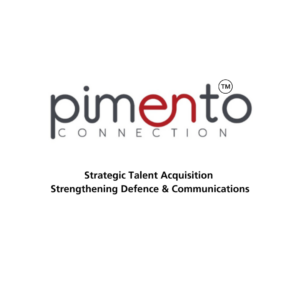If so, how do YOU prioritise between a perfect business cultural fit and impeccable qualifications for a candidate?
It is a delicate balance to strike and something to consider when reviewing CVs and scheduling interviews. But for now, here are just a few suggestions to consider when deciding which candidate profiles to shortlist and who to take through to interview and offer stage:
Define Key Criteria
- Clearly outline the elements of the role so the job description attracts the right candidates
- Identify the critical skills necessary for success
- Make a note of the cultural attributes that align with your company’s values
Assess Role Importance
- Evaluate whether the role requires specific technical expertise from the start or if adaptability and business cultural alignment are more important
- High-level leadership roles may prioritise cultural fit, whilst technical roles may emphasise skill proficiency
Involve Stakeholders
- Engage relevant Stakeholders, including team members and managers, in the decision-making process – after all, these are the people who will be working with the new employee
- Gather input on the importance of cultural fit versus technical skills for the specific role
Behavioural Interviews
- This type of interview is useful to assess both technical competence and cultural alignment
- Use situational questions to evaluate how candidates have applied skills in real-world scenarios and gauge their cultural compatibility
Prioritise Cultural Values if this is a deal-breaker
- Before writing the job description, identify specific existing cultural values and behaviours that you expect a candidate to bring, and which already contribute to your company’s success
- Assess candidates based on their alignment with these values during interviews and when taking up references
Flexible Skill Assessment
- Consider whether certain skills can be developed over time or through training
- If a candidate has a strong business cultural fit but lacks specific skills, assess the feasibility of skill acquisition through on-the-job learning
Get The Right Balance in Team Dynamics
- Consider what the existing team dynamics are
- A candidate who complements your team’s strengths and weaknesses may bring more value, even if they require additional skill development
Weighted Scoring
- Implement a weighted scoring system that assigns values to different aspects such as technical skills, cultural fit and any other relevant factors
- This can help quantify the decision-making process
Trial Periods
- Implement trial periods or projects for candidates to showcase their skills in a real work environment. This can provide insights into their ability to contribute and adapt to the company culture
- Consider inviting the candidate in for a few days to trial working with your team and then gather feedback from both the candidate and your employees
Continuous Improvement
- Regularly review and refine your interviewing criteria based on the success of previous hires
- Adjust your approach based on the evolving needs of the business
Striking the right balance depends on the unique requirements of each role and the overall goals of the company.
Aim to regularly re-assess and refine your prioritisation strategy when hiring, in order to adapt to changing circumstances and the ever-evolving needs of your business as it grows.
So, if and when you are #hiring, perhaps don’t just focus on academic qualities.
Consider how the candidate will not only fit in with your existing culture, but feel welcomed, and comfortable enough to contribute.
Ultimately, the increasing success of your business depends on making the right hire.
By having a structured and methodical interview approach that takes into account academic qualifications AND personality (plus the right business cultural fit and expertise), you will be more able to make the right offer to the right candidate.
Your business and existing team will thank you for it!
#hellopimento








